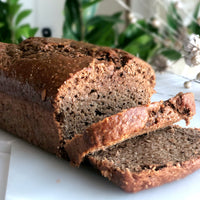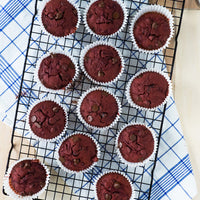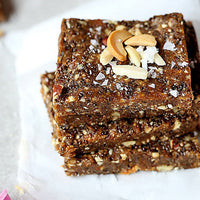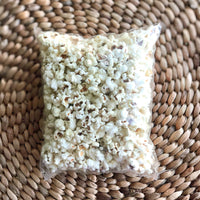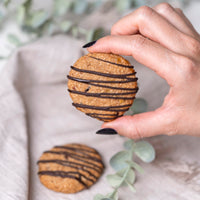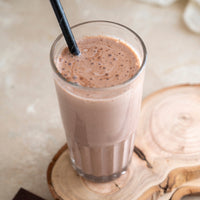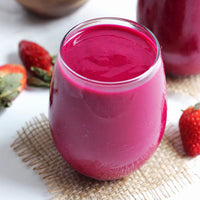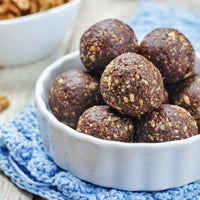
So you’re either a newly diagnosed diabetes patient, or you’ve known about your condition for a while but you’re still struggling to manage it well. It can get difficult, in the overwhelming abundance of offerings in Dubai, to remember which foods to pick and which to avoid.
It doesn’t help when things are labelled in a way to make you think that they’re “safe” and then they turn out to either spike your blood sugar too rapidly or leave you feeling faint. When the bare facts of food are laid out for you, your eating choices to control diabetes are much clearer, especially if you keep the following things in mind when ordering your next meal:
Factor 1: Total Calories
To satisfy your body’s desire for balance, a good idea would be to figure out how many total calories you need in a day; this is based on your age, weight, activity levels and goal weight (higher or lower than your current weight). Then it is a simple matter of breaking down your calories into the following ratio
-
Breakfast: 1/4 of your daily calories
-
Snack: 1/8 of your daily calories
-
Lunch: 1/4 of your daily calories
-
Snack: 1/8 of your daily calories
-
Dinner: 1/4 of your daily calories
For most people, 1/4 of their daily calories falls in the range of 300-500 kcal.
Factor 2: Ratio of Protein to Carbs
Carbs are not the enemy, but when eaten incorrectly, they’re not your friend either. This is where protein and fat both come in to save the day, by keeping carbs in check when you’re digesting your meal. They slow down the rate at which carbs are broken down into glucose and moved to the blood. Choose meals with an equal or higher portion (in grams) of protein to carbs.
Factor 3: If Higher Carbs, Check The Type of Carb
Sometimes high carb foods are just what you need, in the case of low blood sugar that threatens to leave you dizzy or faint; that’s when sugary juices or sweets come in handy. For the rest of your meals, check that the sources of any high carb meals are from vegetables, fresh fruit, whole grains, and legumes, as opposed to refined flours and sugars. This especially applies to diabetics following a vegetarian diet.
Factor 4: Meal Timing
If you remember that the calorie breakdown above includes snacks, this is for an important reason! Spreading out your meals ensures much better blood sugar balance, especially if the snacks are made with ingredients that digest slowly but steadily. A gap of 2-3 hours between each meal and snack is highly recommended, with your first meal within one hour of waking up and your last meal 3 hours before bedtime. If you exercise, make sure to time your next food intake to within half an hour of finishing your workout!
Factor 5: Accompanying Beverages
Fizzy drinks, sugary coffee fraps, milkshakes and karak chai (a Dubai speciality) are all big no-nos when trying to control blood sugar. At least, to have them every day. Instead, rely on water or green tea, and for a treat, try a small portion of a healthier juice or smoothie that is made with whole fruits and vegetables, making sure that the fibre is included for better blood glucose control.
Eating for diabetics has never been easier or more interesting, especially with so many viable choices in the market. So don’t think of your diet being limited, but more like your palate being expanded, while your health improves day by day!
Author: Karishmah Shah from Nutri2Go.

